9 Mistakes You Might be Making When Leaving Your Cat Home Alone
Cats might seem independent, but they still need some planning when you’re away. If you leave without making arrangements, things like food, water, and litter box care can quickly become a problem. A little prep goes a long way to keep your cat comfortable and stress-free while you’re gone.
Panicking Before You Leave
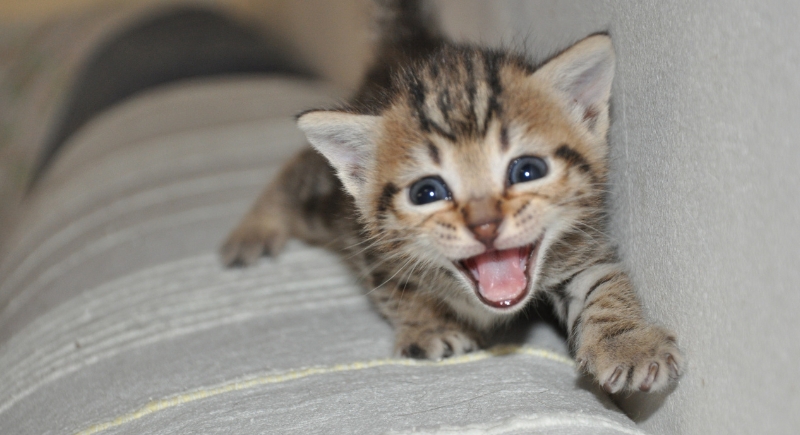
Credit: Canva
Cats are perceptive to changes in routine. They don’t need words to know something’s up. The moment you begin packing or offering unusually affectionate farewells, they can sense an impending departure. To minimize their anxiety, maintain a usual demeanor and stick to your routine before leaving quietly without excessive displays.
Boarding Your Cat When In-Home Care Is a Better Fit
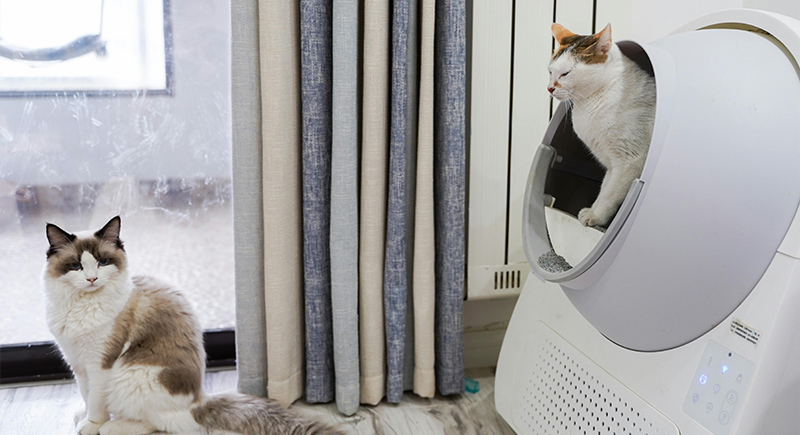
Credit: pexels
Transporting a cat from its familiar home can be stressful and often leads to reluctance to eat and general unease. And although boarding facilities might seem convenient, most cats find the unfamiliar environment and disruption to their routine unsettling. Opting for a pet sitter allows your cat to remain in its territory and maintain its established habits.
Disrupting Your Cat’s Routine
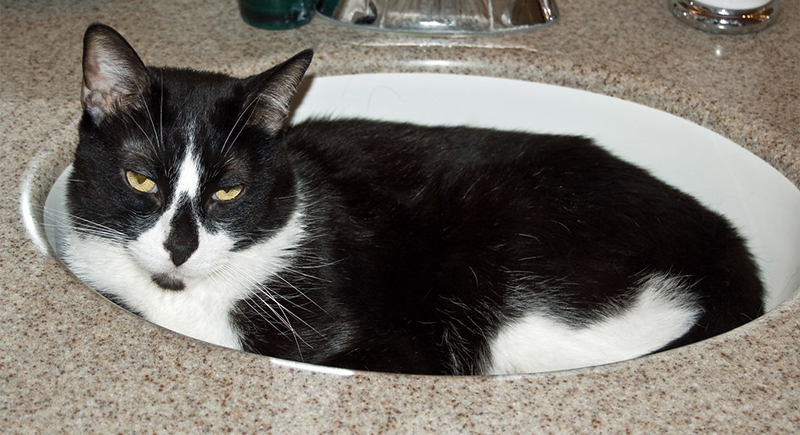
Credit: flickr
Cats thrive on predictability. They likely have an internal schedule linked to yours that allows them to anticipate meals, playtime, and rest periods. Deviating from this routine can cause anxiety. Always make sure your pet sitter is aware of and adheres to your cat’s usual schedule as closely as possible.
Leaving a Mountain of Food
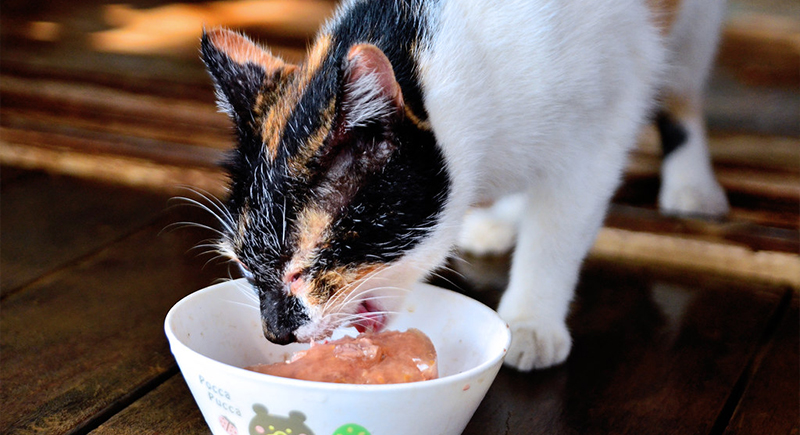
Credit: flickr
Leaving a large quantity of food out for your cat can lead to overeating and digestive issues. Instead of free-feeding, consider using an automatic feeder that dispenses measured portions at regular intervals. Some feeders even have voice recording features that can help provide a familiar sound during meal times.
Leaving Your Cat in Silence

Credit: Canva
A quiet house can be unsettling for a cat accustomed to the sounds of human activity. The sudden absence of voices and everyday noises can increase their stress. Leaving on some calming background noise, such as soft music or even videos designed for cats, can provide comfort.
Cranking the Thermostat Too Low or High
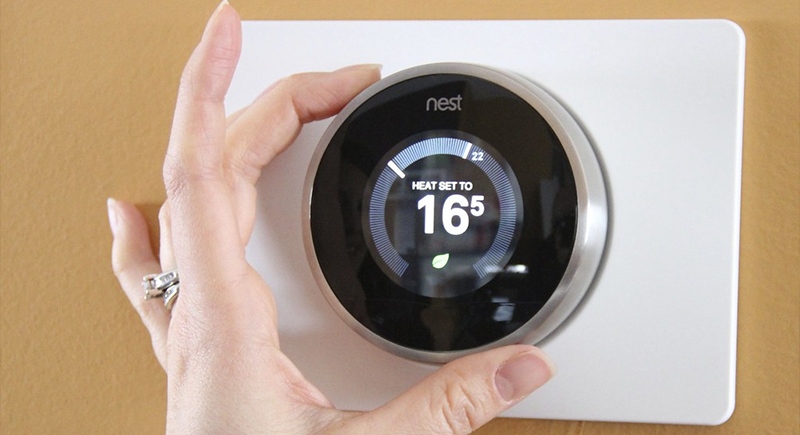
Credit: flickr
Turning the thermostat too far up or down while you’re away might seem like a good way to save energy, but it can make your cat uncomfortable. Cats are sensitive to temperature changes, and extreme heat or cold isn’t good for them—especially certain breeds. Try to keep the indoor temperature between 68°F and 75°F to keep them safe and comfortable.
Closing the Shades and Denying Your Cat a View

Credit: flickr
While closing blinds might offer privacy, it eliminates a significant source of entertainment for your cat. Windows provide valuable visual stimulation as they observe the outside world. Leave at least one window uncovered, and ideally, provide a comfortable spot for your cat to sit and watch.
Packing Away All the Toys Before You Leave
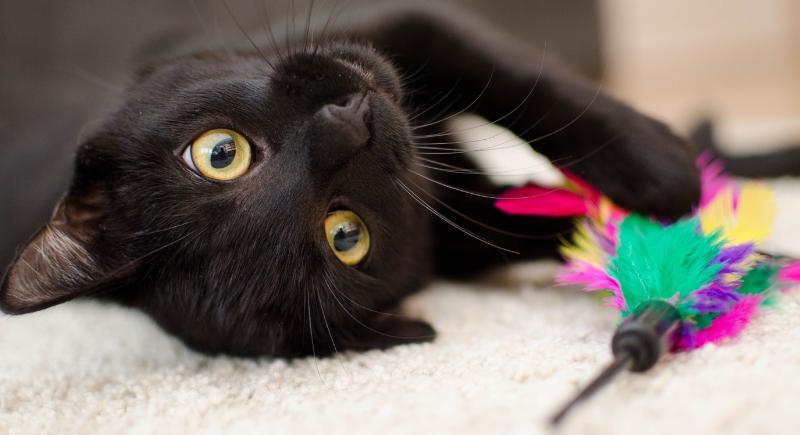
Credit: Canva
Packing away all of your cat’s toys can lead to boredom and potentially destructive behavior. When there’s no entertainment, suddenly, the houseplants look like fair game. Do yourself a favor and leave out a mix of safe, fun toys so your cat doesn’t need to find any other potentially harmful outlets.
Leaving a Dirty Litter Box
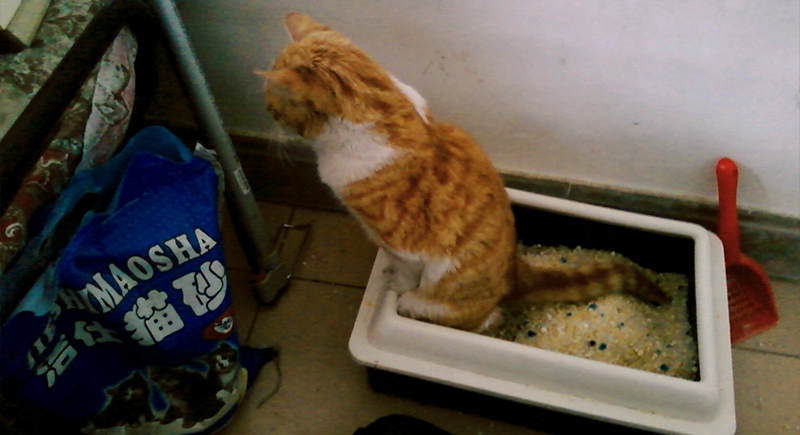
Credit: Wikimedia Commons
Cleanliness is second nature for cats, so much so that they lick themselves all over if a human touches them unexpectedly. Before leaving, always ensure the litter box is clean and filled with fresh litter. Cats are picky; if their box is gross, they’ll find somewhere else to go.
Not Setting Up a Pet Camera
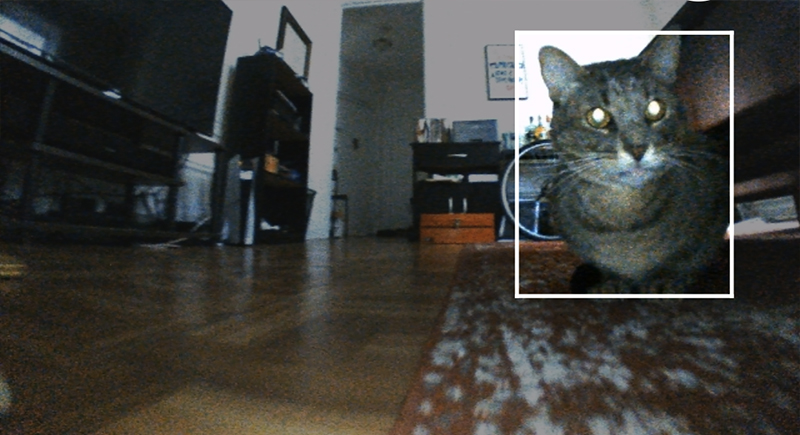
Credit: Wikimedia Commons
A pet camera is a great way to check in on your cat while you’re away. Many of them let you talk to your pet, send motion alerts, and even toss treats. It’s a simple way to stay connected and ease your mind—especially if you’ve got a sitter but still want that extra peace of mind.
Not Ensuring Your Cat Can’t Get Stuck Anywhere
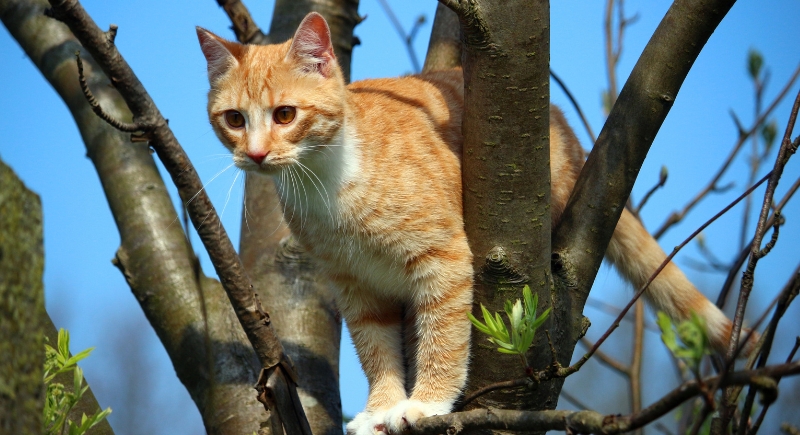
Credit: Canva
Cats are notorious for their curiosity. What might seem like a harmless hiding spot to them can quickly become a dangerous trap if they get stuck with no access to food, water, or their litter box. Before leaving, thoroughly check your home for any potential hazards or confined areas where your cat could become trapped.
Not Acclimating Your Cat to Separation
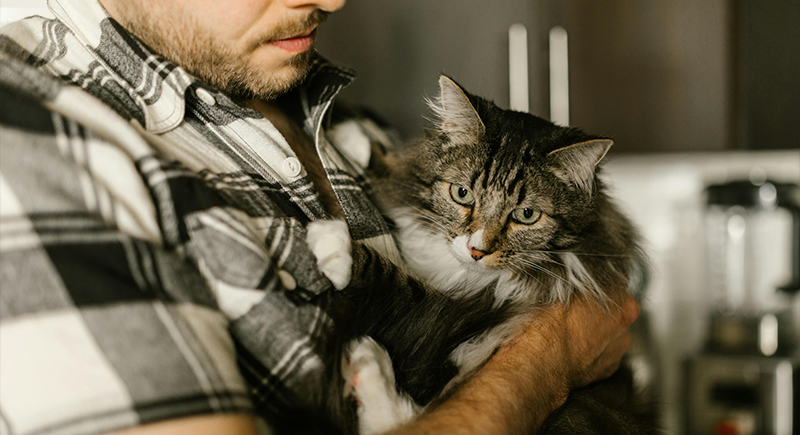
Credit: pexels
To help your cat adjust to your absences, gradually acclimate them to being alone. Begin by leaving for short periods, even just a few minutes, and then return. This teaches your cat that your departures are temporary and you will always return. Gradually increase the duration of these outings.
Not Providing Multiple Perches for Your Cat
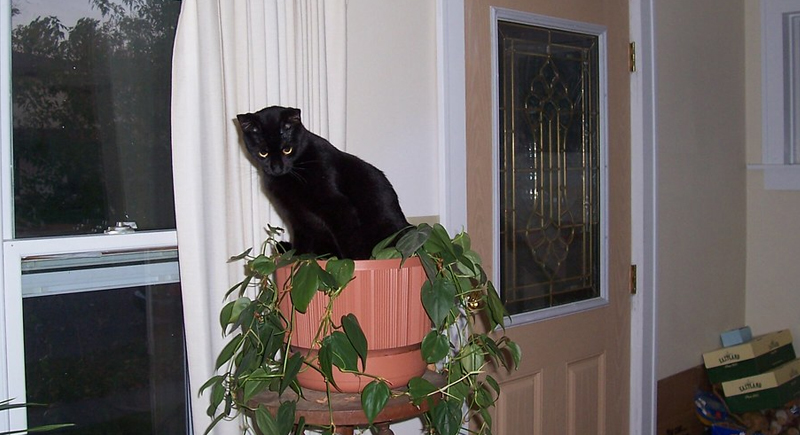
Credit: flickr
For a cat, vertical space is integral to their sense of security and their ability to survey their territory. Providing multiple perches, such as a sturdy window hammock that offers a view of the outside world.
Leaving Doors Half-Open Instead of Secured
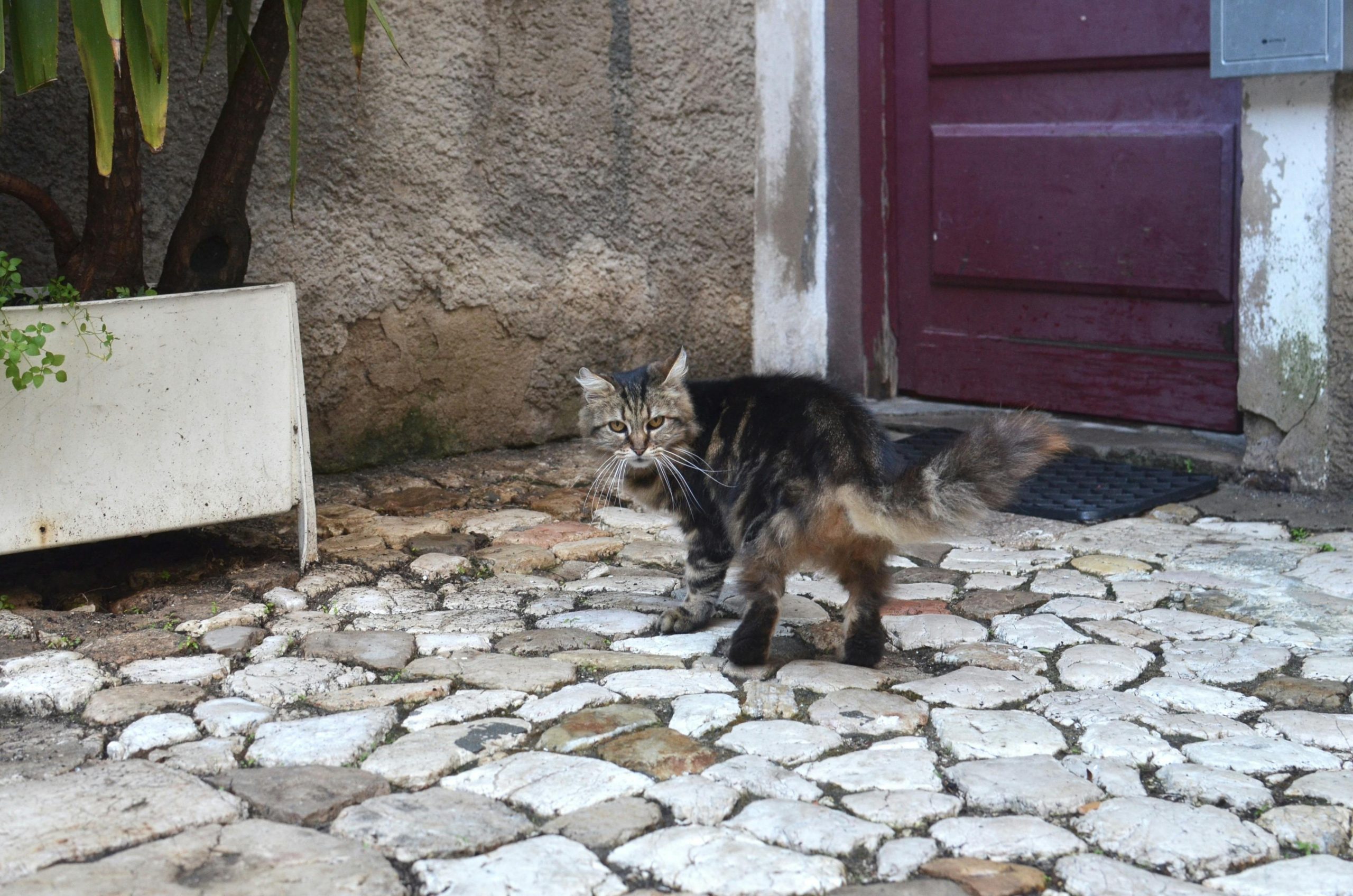
Credit: pexels
A door left ajar is a trap waiting to happen. One curious nudge could lock your cat in a bathroom or closet without food, water, or a litter box. Before leaving, double-check that all doors are either fully open and safe,or firmly shut. It’s a simple way to prevent panic (yours and theirs).
Forgetting to Hide Tempting Dangers
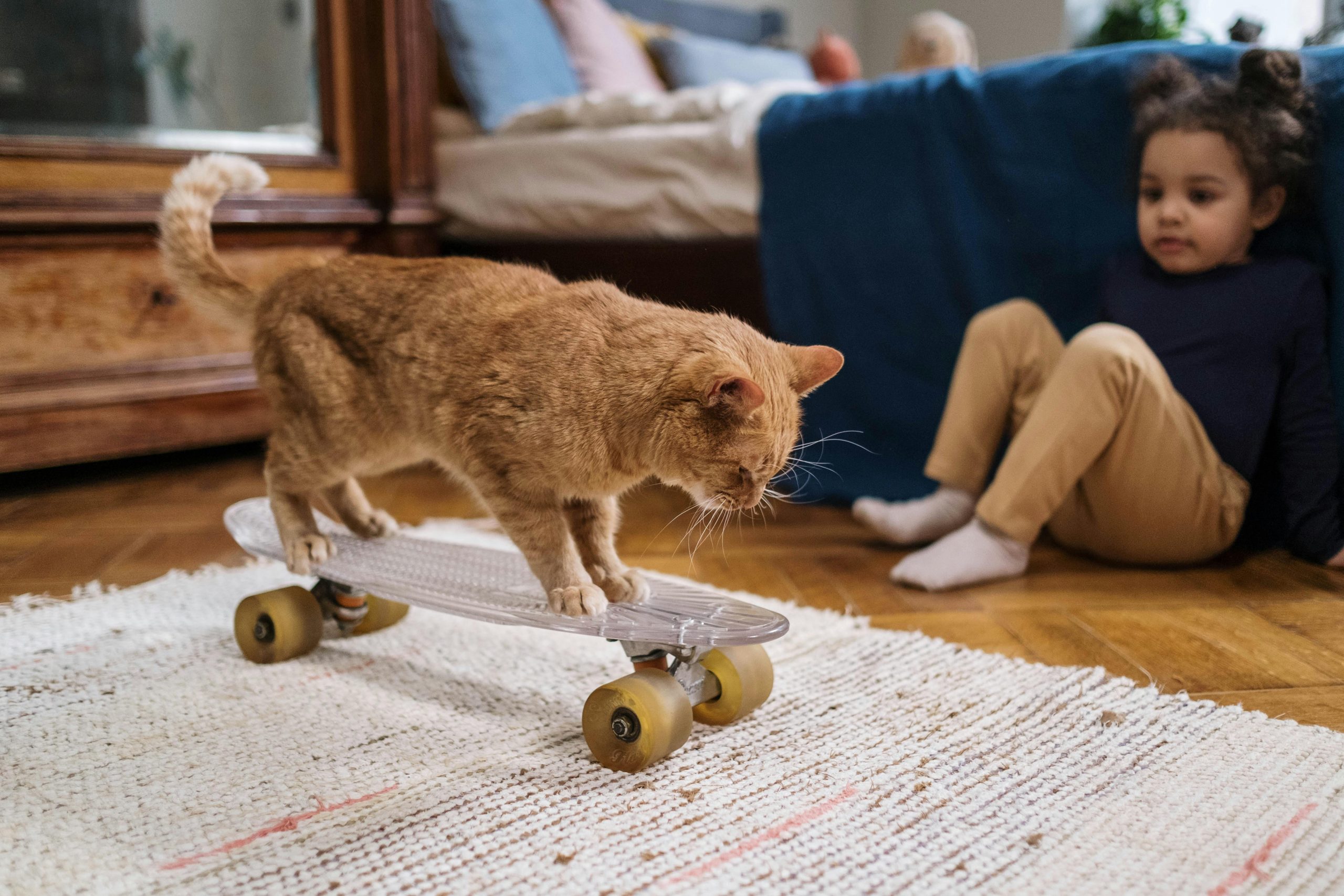
Credit: pexels
Cats are excellent at turning “out of reach” into “nailed it.” Hair ties, rubber bands, stringy curtains—if it dangles, they’ll investigate. Before heading out, sweep for chewable hazards and stash anything small enough to be swallowed. Your cat’s inner raccoon will thank you with fewer vet bills.
Providing A Single Box
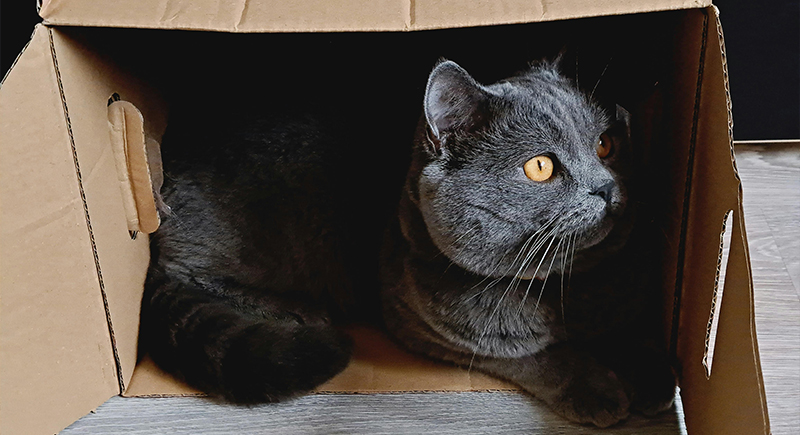
Credit: pexels
One litter box might be fine when you’re home and can scoop often, but it’s not the best setup if you’re going to be away. To keep things clean and stress-free for your cat, it’s a good idea to follow the rule of one litter box per cat plus one extra.